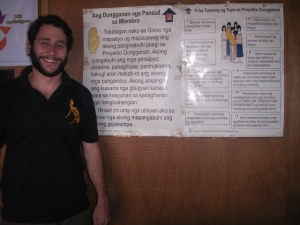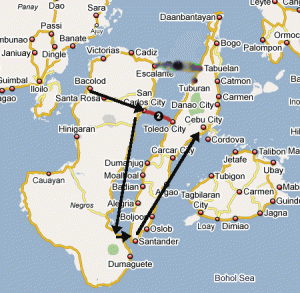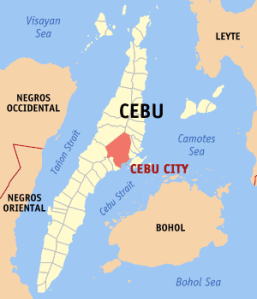Muhammad Yunus, the godfather of microfinance, contends that everyone is an entrepreneur. And microfinance is about individual economic empowerment, built on the premise that credit is both a human right and a path to economic freedom. This reading has been distorted by those who talk about the “entrepreneur myth,” which says that microfinance romanticizes the poor by pushing a false by-your-bootstraps narrative. This narrative, in turn, undermines development by giving the poor something they don’t want – credit for a business – instead of something they need, which is steady employment. This argument isn’t necessarily untrue, but it is irresponsibly oversimplified and demonstrates a lack of grounding in reality. I want to discuss two articles that address this issue and use them to explain why this reading of microfinance is not only flawed, but is counterproductive in serving the poor.
The first one, titled “Romanticizing the Poor” from the Stanford Social Innovation Review, is a bit more difficult to refute, in part because I agree with the premise but not the logic, and also because I am intimidated by the fact that the author, Aneel Karnani, is an economics professor of South Asian descent and, I would have to assume, intellectually superior to me. But I’ll try. The article is less a refutation of microfinance as a poverty alleviation strategy as it is a caution against the merits of market-based solutions in general. According to Mr. Karnani, the poor are not rational actors when it comes to economic decision-making. Therefore, the argument goes, it is misguided and potentially harmful to try to apply free-market strategies – like microfinance – when the spending behavior of the poor is irrational. He highlights the fact that the poor spend a disproportionate amount of money on booze and cigarettes at the expense of healthcare and education (Nicholas Kristof’s most recent article discusses the same issue). The poor are more prone to impulse buying, so introducing more money and more material product choices will just drive them deeper into debt:
Many advocates of market-based solutions to poverty view poor people as rational consumers who, if given more options, would make better choices—that is, choices that would increase their economic welfare. They see no problem with encouraging the poor to spend their already meager incomes on low-priority products and services. They further argue that the poor have the right to determine how to spend their limited income and are in fact the best judges of what is in their best interests.
I don’t dispute the truth of these statements, mostly because I haven’t read the research. I would say it’s not unreasonable to say that adults should be treated like adults when it comes to making decisions about how they spend their money. Either way, they are irrelevant to an argument against microfinance. Continue reading







